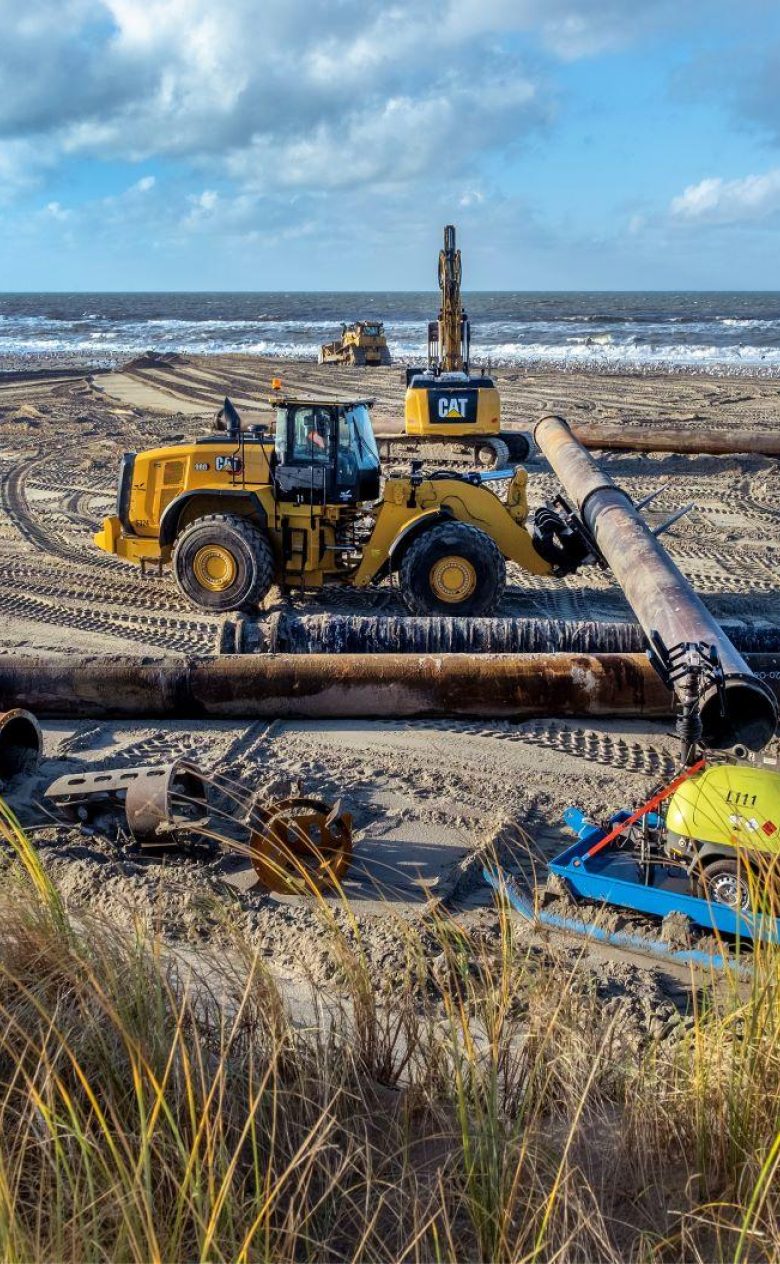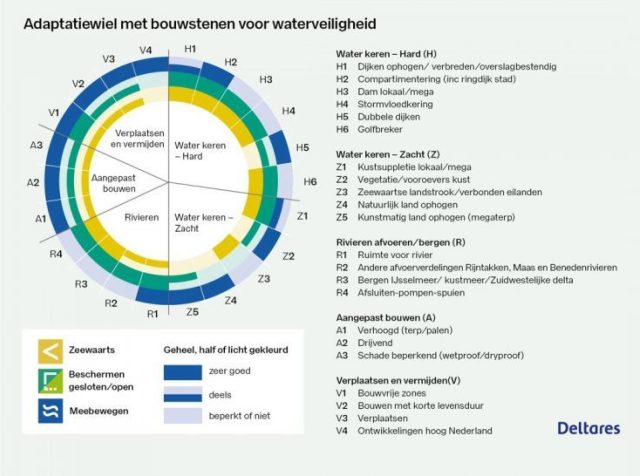We need to prepare now for the sea level rise of the future
Meters of sea level rise are no longer a question of “if”, but “when”. For a low-lying country like The Netherlands, the impacts of sea level rise will be catastrophic if we don’t prepare now for the adaptation we will need in the future. In a recent study, Deltares explored options to sustain the Netherlands far into the future, with several meters of sea-level rise. This new study builds on previous Deltares research into consequences of accelerated sea-level rise (2018) and potential strategies (2019).

Getting ahead of the problem
Large-scale measures to adapt to sea-level rise will only be needed from 2050 onwards, but it is critical to account for these future measures in the decisions we are making today. Investments in housing, agriculture, and the energy transition should be compatible with the adaptation measures needed in the future. This ensures future measures can be implemented when needed, reducing damages, loss of life, and expenses for future generations.
Jos van Alphen (sea-level rise expert National Delta Programme): ‘This study provides valuable information on how we need to protect ourselves against rising sea levels. The climate is changing more quickly than anticipated. This study underlines the fact that we already need to take this into account in our spatial planning’.
Adaptation building blocks
The new study identifies twenty-two potential measures to serve as “building blocks” for building adaptation pathways. The measures include structural and nature-based flood defences, integrated river management, and land-use changes. Deltares explored where, when, and in which combinations the measures can be applied, identifying “low-regret” measures that leave most pathways open in the future. These include creating more room for the rivers, re-wetting peatland areas to counteract land subsidence, and allocating space for future expansion of flood defences. The twenty-two measures focus on flood protection, but will later be augmented to also focus on water resource management.
Marjolijn Haasnoot (climate adaptation expert at Deltares): ‘Even with decreasing CO2 emissions and limited global warming, sea-level rise will continue for decades. Large-scale measures to adapt to sea level rise will be required sooner or later. This study demonstrates how we can incorporate sea-level rise in spatial planning and investment plans.’

The river delta
Rising sea levels mean higher water levels in the lower stretches of the Rivers Rhine and Meuse, which run through the densely populated area in and around Rotterdam. Raising and widening flood defences in this area is challenging because space is scarce. A possible alternative is a “closed protection” approach: closing off the rivers from the sea with dams, sluices and a gigantic pump system. But as sea levels rise, pumping out the inland water will be expensive, energy-consuming, and will require up to ten kilometers of coastline. Another alternative in line with the current situation is an “open protection” approach: maintaining the existing storm surge barrier near Rotterdam in combination with higher dikes along the rivers. The barrier would close more frequently as sea level rises, however, hindering access to the Port of Rotterdam. In both the open- and closed-protection approaches, more water could be diverted around the Rotterdam area towards less-urban areas, with whom spatial planning would need to be coordinated.
Ferdinand Diermanse (climate risk expert at Deltares): ‘The design of the river area will play a key role in all solutions. Making sure space is allocated for all options on the table is essential to avoid lock-in situations.’
Sediment
Sand nourishments are currently used to raise the coastline as sea levels rise. An alternative approach to naturally raise the coastline is to store seawater on land – for example in ponds – to let the sediment settle out for a short duration before releasing the water. The current study found that such measures can be applied successfully on a large scale. However, this approach cannot maintain the coastline indefinitely; with several meters of sea level rise, the amount of sand in the North Sea will limit its effectiveness.
Sea Level Rise Knowledge Programme
This study is part of the Sea Level Rise Knowledge Programme, a program through which governments, knowledge institutes, the private sector, NGOs, and citizens collaboratively develop strategies for sea-level rise. This Programme was commissioned by the Delta Commissioner and the Minister of Infrastructure and Water management.


